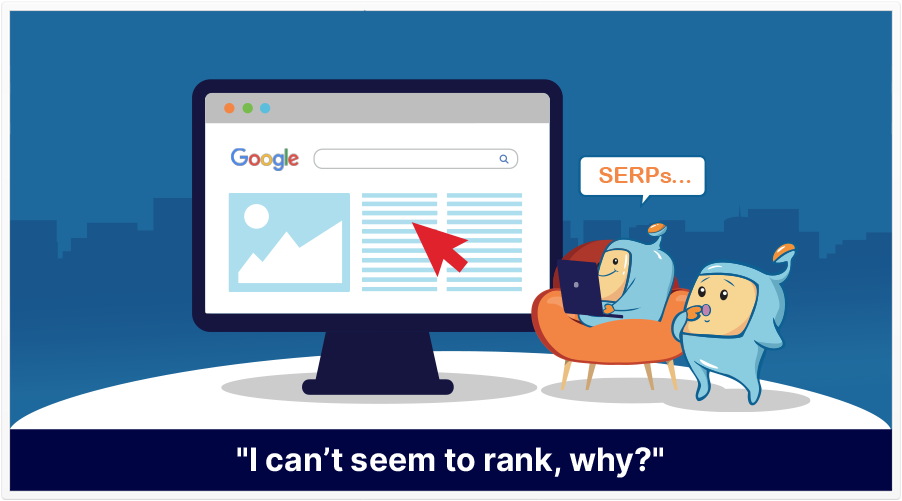
If you are wondering what the word SERPs is since you’re new to Search Engine Optimization or SEO, then you are on the right page. We will help you answer the question of what it is and why it is important for SEO.
I am pretty sure before you came to visit this page, you opened the Google search box first to make an online search, then searched “what are SERPs?”. It eventually showed the results of your keyword query with 10 blue links with different types of content, and most likely you came across this exact domain, this particular blue link. Congratulations, you have unlocked a self-discovery stage about Google SERP.
Yes, Google’s answer to a user’s search query is known as the Search Engine Results Pages (also known as “SERPs” or “SERP”). There are a lot of things you can see on the SERP features like the organic search results, sponsored Google Ads results, Featured Snippets, Knowledge Graphs, and video results.
To put it another way, you send a message to Google by typing (or saying) something and what you get back is the SERP.

Search engine optimization specialists and pay-per-click advertisers compete for the same valuable real estate in the most visible parts of the SERPs, but the competition is fierce and technological advances in search mean that it’s more important than ever in digital marketing to understand how search works and what they can do to maximize their visibility.
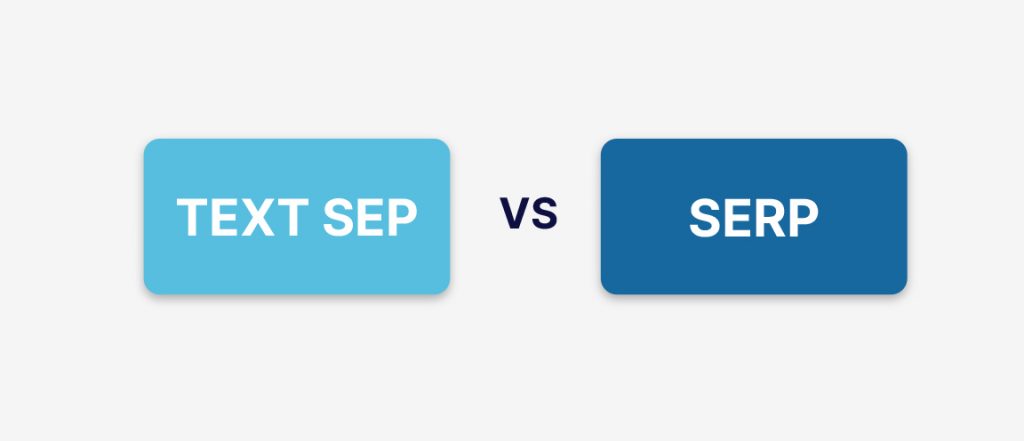
Consider this one, the goal of a search engine is to send the searcher to the solution on any type of query (or answer to their inquiry) as quickly as possible and provide a definitive and relevant answer, and the SERP is the vehicle via which they can do so.
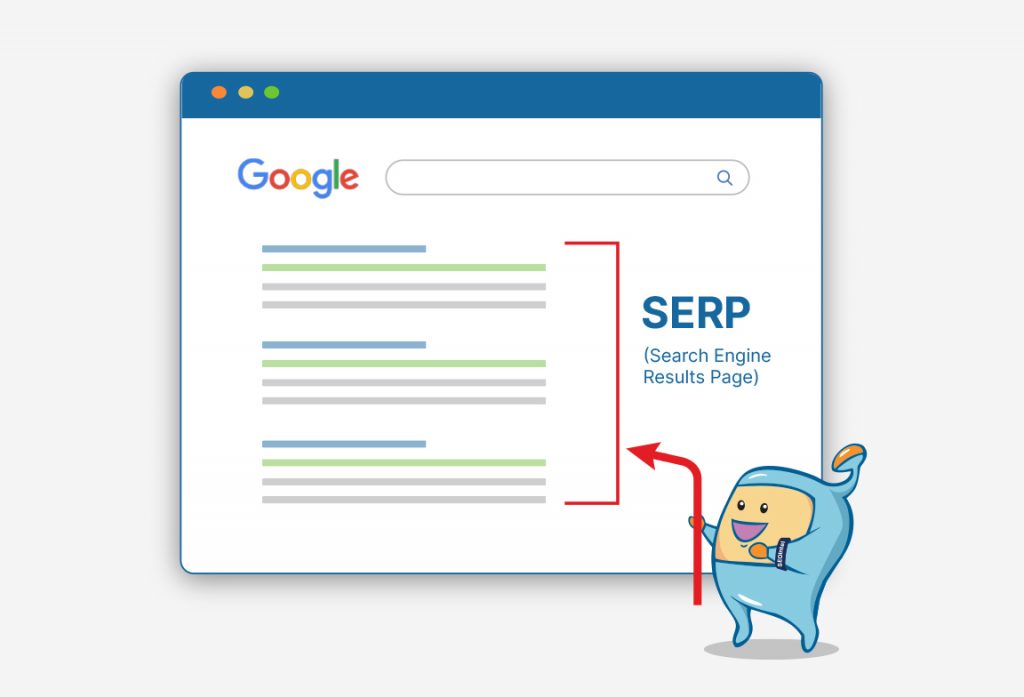
In that SERP, they’ll rank the results they recommend as the best / most appropriate answer. SEO can be defined as the art and science of persuading search engines like Google, Bing, and Yahoo to promote your material as the best solution to their consumers’ problems by ranking them at the top of the search results.
The quick answer is no, SEO is not included in the SERP, although they do have a connection.
The effort that a website owner does to get a webpage to the top of the SERP (Search Engine Results Page) for relevant user search queries is known as SEO (Search Engine Optimization).
As a result, while the Search Engine Results Page (SERP) is an important term in the subject of SEO, SEO is not a part of (or a subset of) SERP.
By now, you should understand the main definition of what is SERP, next is we’ll talk about its features and identify its users.
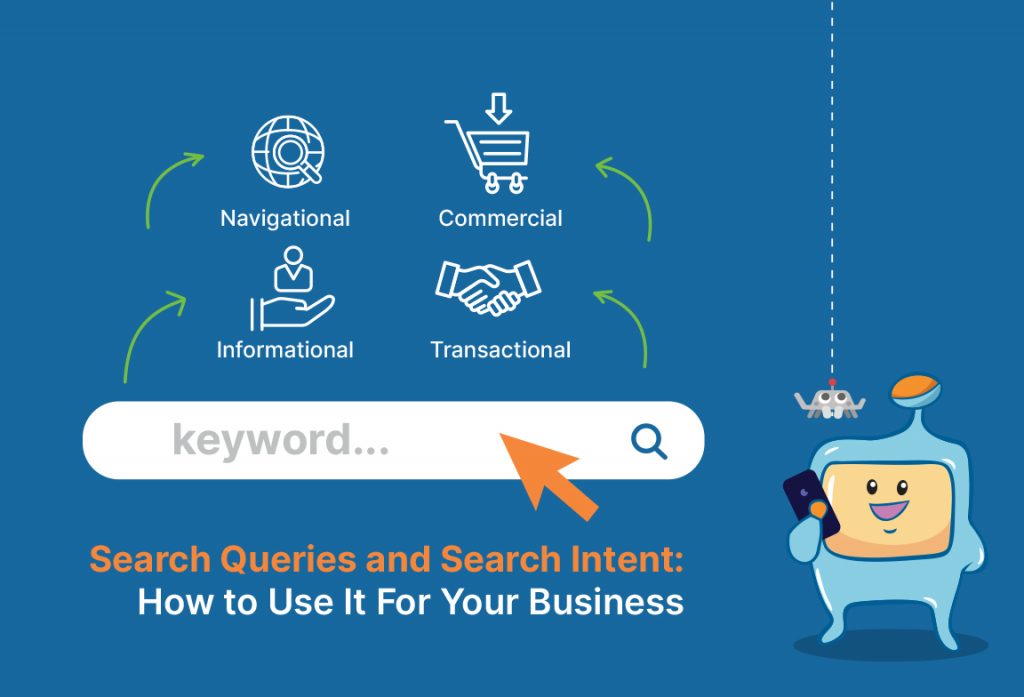
Search queries are strings of words a user forms to conduct an online search in a search engine. Each user’s search query also has an underlying intent which is referred to as the search intent.
Search queries or search intent can be categorized into four main intent and these are:
When a person wants to learn anything, such as background data about a topic or how to accomplish a specific activity, they use an informational question. Although the searcher isn’t usually trying to buy something, the correct material can lead them to a specific brand. That’s why it’s critical to generate relevant content that caters to your target audience’s demands, requirements, and interests.
Including multimedia content on your website can help you attract visitors from informational queries.
Here are a few instances to think about:
When people are considering purchasing something such as a specific product or an item, they use transactional searches. Because transactional queries offer the highest income potential, keywords with a transactional or purchase intent tend to have a lot of bids in pay-per-click. This means that in addition to the organic search results, people will see appropriate paid results for their transactional inquiries.
Paid ads are popular among businesses because they work. According to statistics from online advertising firm WordStream, paid ads account for nearly 65 percent of clicks on transactional SERPs.
When looking for a specific site on the internet, it is of navigational intent. The searcher wants to go to a specific website. People who type in “Facebook” in search, for example, are likely heading to the Facebook website. So you want to make sure that when someone searches for your company’s name online, they can find your website and that it would be at the top of the results.
Commercial intent are for users investigating products with the intent to purchase. Some people plan to buy in the (near) future and conduct their research on the internet. What is the best washing machine? Which SEO tool is the most beneficial? These folks have transactional intent as well, but they require more effort and persuasion. Commercial exploring intents are the most common sort of search intent.
Fun Fact! Did you know that All SERPs are unique even when two users search the same query?
That’s because Google personalized search results for its users in an attempt to display results that are relevant to each specific individual.
In general, you can break the SERPs down into the following four types:
Sponsored results appear because advertisers paid money to put their listing in the search results. These are typically text ads or shopping results and you’ll see Google Ads tagged as such. They may occur at the top or bottom of the page, as well as in the Google Knowledge Graph.
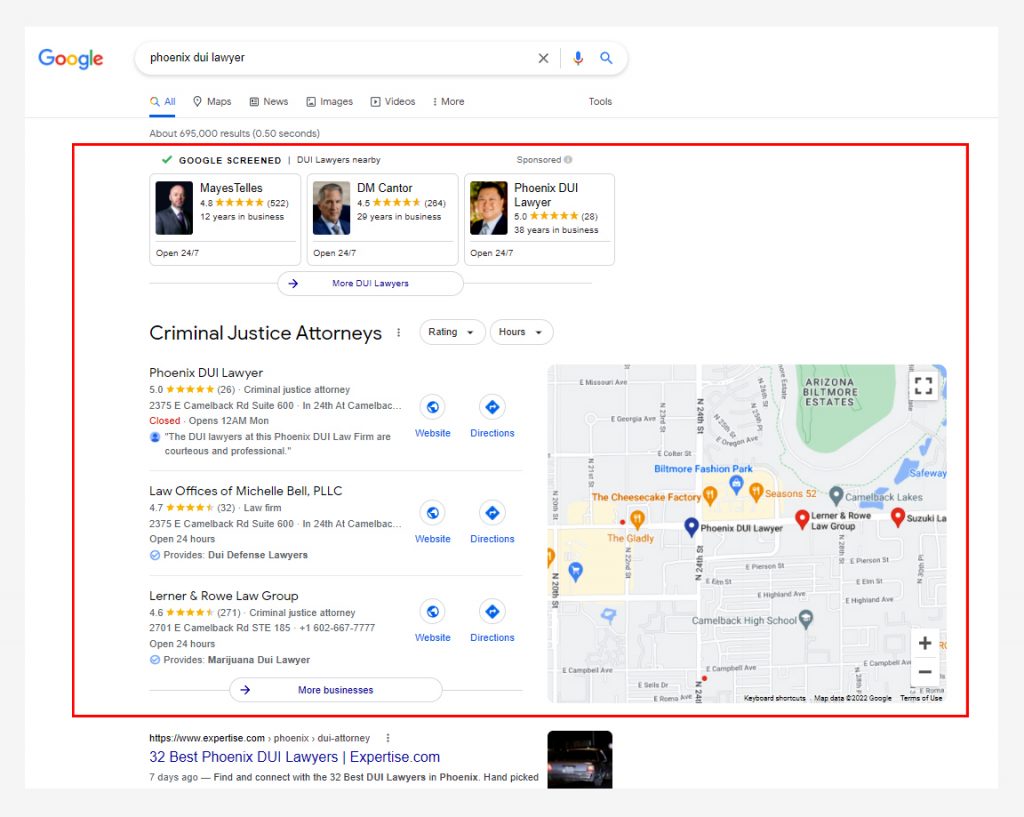
Organic Listings
Organic listings are the listing of sites that you peruse when you search a query, they are ranked by Google organically, depending on how relevant they are to the search query.
In the example below, 28 Best Phoenix DUI Lawyers | Expertise.com represents the first organic result, followed by Experienced Phoenix DUI Lawyer.
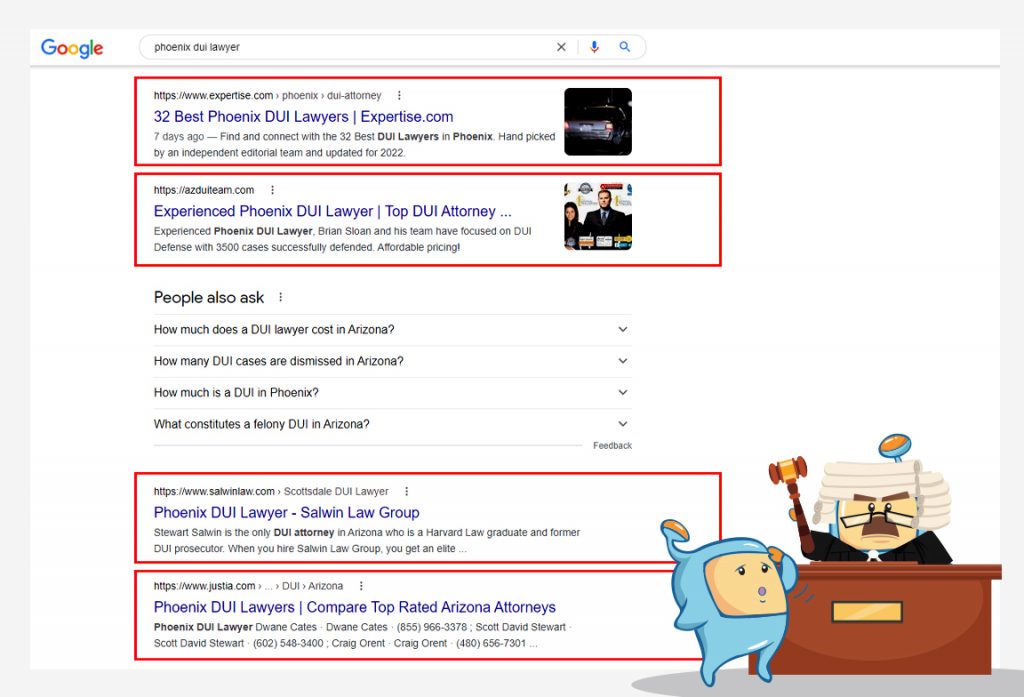
These add a visual layer (sometimes multiple layers) to the SERP. They include things like featured snippets, video carousels, online video, news articles, and much more.
Google Knowledge Panels are displayed at the right-hand side of the page offering featured snippets of information to enhance the search results.
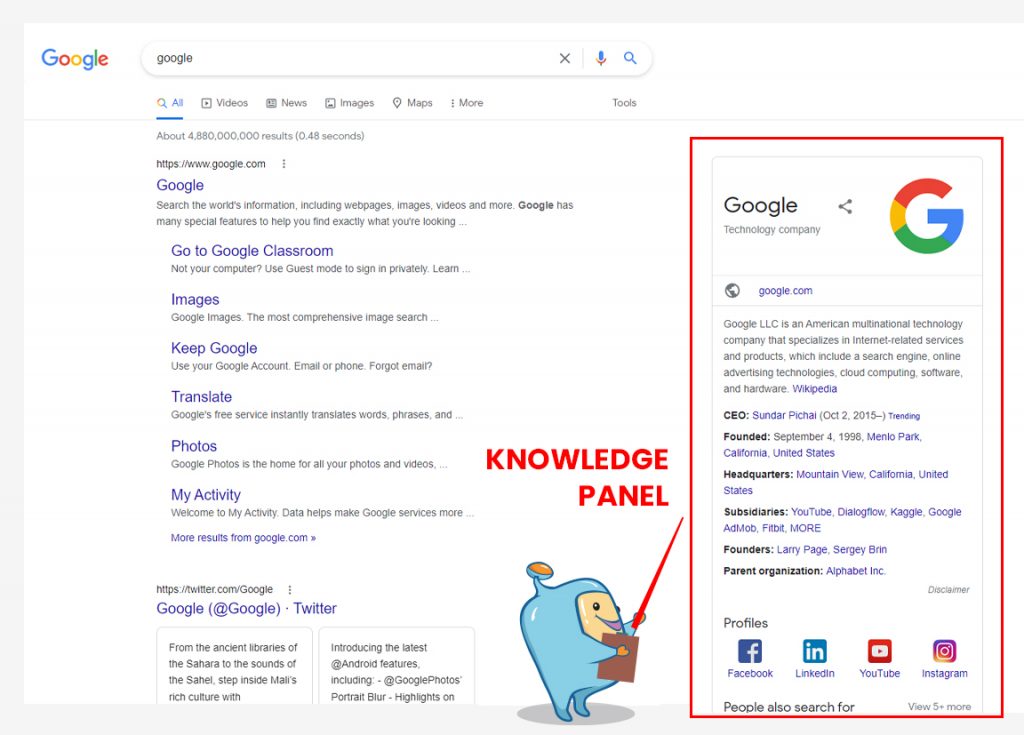
On the internet, there are hundreds of millions of pages and these pages aim to be on top of the search engine results pages. In the world of SEO, ranking high in the search engine results pages (SERPs) is a tough nut to crack.
Paid and organic search results make up the majority of the SERPs.
Google’s search algorithm produces organic search results which are web pages that surface as a result of Google’s search algorithm. To put it another way, these are pages that Google has determined to be useful and relevant to the search query.
Even though Google’s algorithm is a well-guarded secret, they have confirmed a few significant ranking elements, including:
The following is an example of a common organic search result snippet:

The search result listing includes:
Because organic listings are not paid results, the space on the first page of results are really sought after. Optimizing your pages for your target keyword indicates to Google that your page is relevant to a user’s search, which increases your chances of landing on page one.
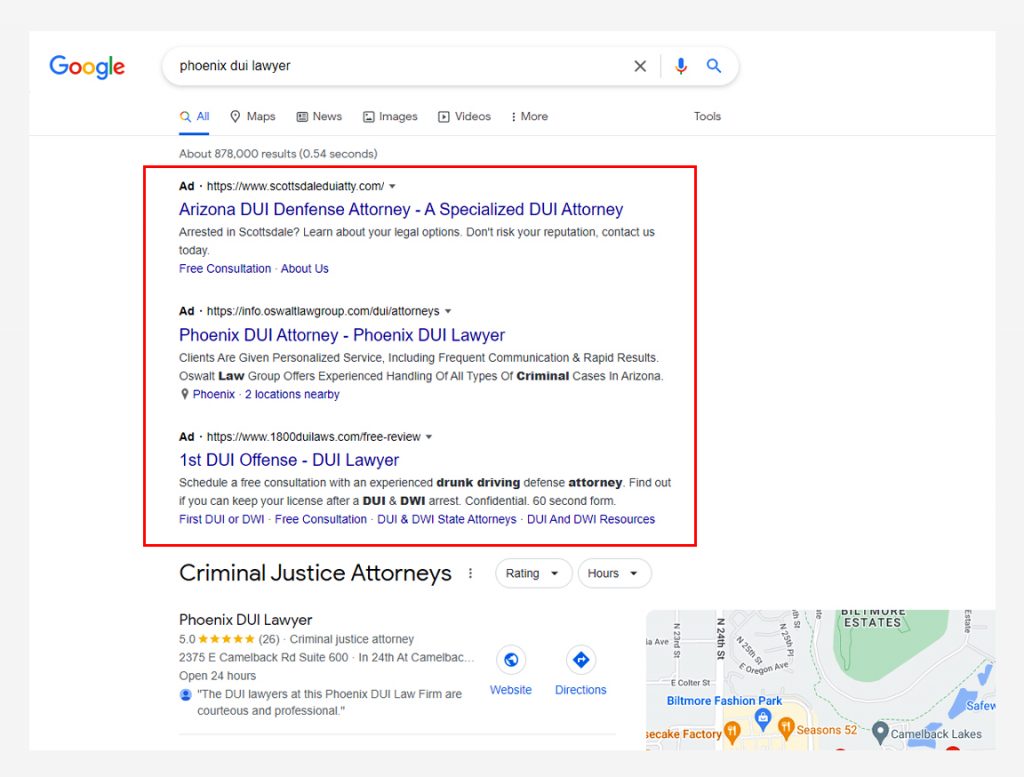
Paid search results typically appear before the organic results.
However, they could appear later or even on subsequent pages.
Paid ads are usually identified with an Ad icon, although there isn’t much of a distinction between a paid and organic result otherwise. Ads exist on 51.61 percent of first-page SERPs, according to Rank Ranger.
To get on the paid results part of the serps, you’ll have to compete with other advertisers bidding on a Pay-Per-Click (PPC) basis. The higher the bid, the higher on the paid search results the ad listing would be.
However, you would stop showing up when you stop paying/winning the auction.
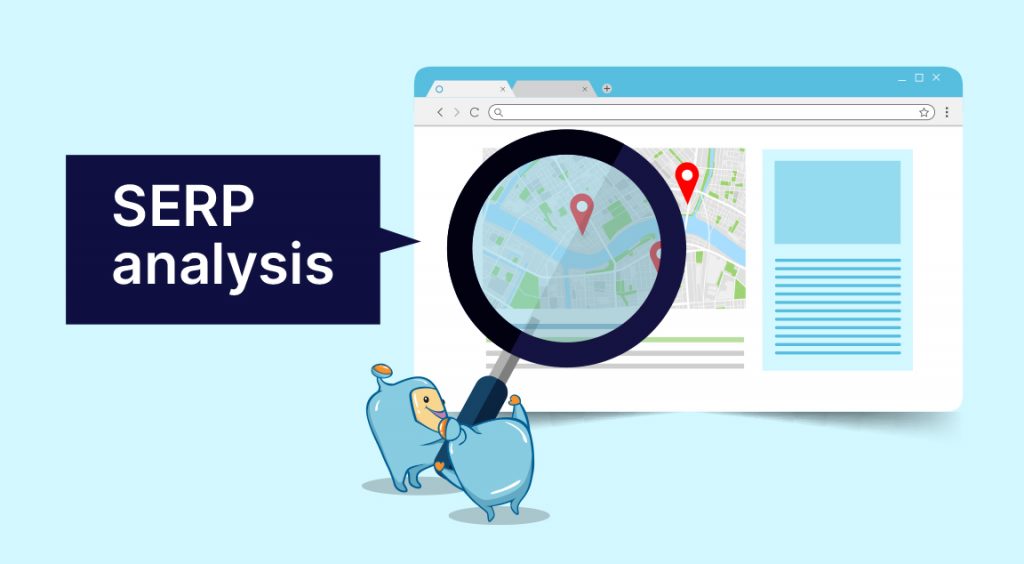
Let’s speak about the actions you’ll need to take to do your SERP analysis now that we know what SERP stands for and how it may help your business.
There are several approaches to SERP analysis, but each should incorporate the essential elements.
You need to know what keywords you’re targeting and where they presently rank before you can examine how your content compares to competitors for search queries.
Make a list of your current keywords and a list of the phrases you don’t rank for but want to target.
Keep an eye out for keywords in your industry that you might be able to target, as well as terms that are linked to your products and services.
Keywords that refer to your area and company name should also be considered.
If you are new to SEO and need more help with keyword research and how to conduct it, check out our keyword research article for beginners.
Every keyword has a search goal and the next stage in your SERP study will be to figure out what that intent is.
Examine your keyword lists and try to imagine what information a searcher looking for that keyword is looking for.
You can enhance your SEO and conversion rates by optimizing your content to answer those questions once you’ve understood the rationale and intent behind a user’s search.
Comparing where and how you rank concerning your competitors is an important component of your SERP analysis.
It can be challenging to get your sites to appear above others if a majority of your authoritative competitors are all attempting to rank high for specific search queries.
Check out where sources like Wikipedia and Quora rank, and see whether industry leaders are also ranking well for the keyword you are after.
You can also examine the top-ranking content for the keyword addresses and make sure your material is even more comprehensive and is uniquely tackling themes.
You’ll need to know where your hidden opportunities are to know which way to go after your SERP research.
Look for keywords that have the potential to move up the SERP page rankings, and try to locate phrases that your competitors aren’t utilizing.
Another trick is to look at the length of the keywords.
If you’re having trouble discovering long-tailed, more particular keywords that aren’t as competitive, consider looking for long-tailed, more precise keywords.
Not only will those terms be less competitive, but they will also be able to answer particular queries that users enter into search engines.
As said in the competitive analysis section, you should click on the top results to check what kind of data your competitors are sharing for each phrase you wish to rank for.
Optimizing your content to make it more thorough and relevant can help you climb above the competition and be a better match to people’s search intent.
You should also be analyzing your material regularly, adding new information where appropriate, and updating existing texts and images with SEO best practices and updated keywords.
The search algorithms will constantly examine your pages and provide you chances to rank higher if you keep upgrading your content.
As we always say, SEO is a moving target. The search algorithms are constantly changing and aside from that, your competitors are also doing their best to get to the top of the search results. Cover all your bases when it comes to on-page SEO, off-page SEO, technical SEO and you should be able to reach the top of the search engine results page, and maintain it, too.
Not sure where to get started in your SEO journey? Join us in SEOIntel at get access to SEO tests, courses, resources, and more!